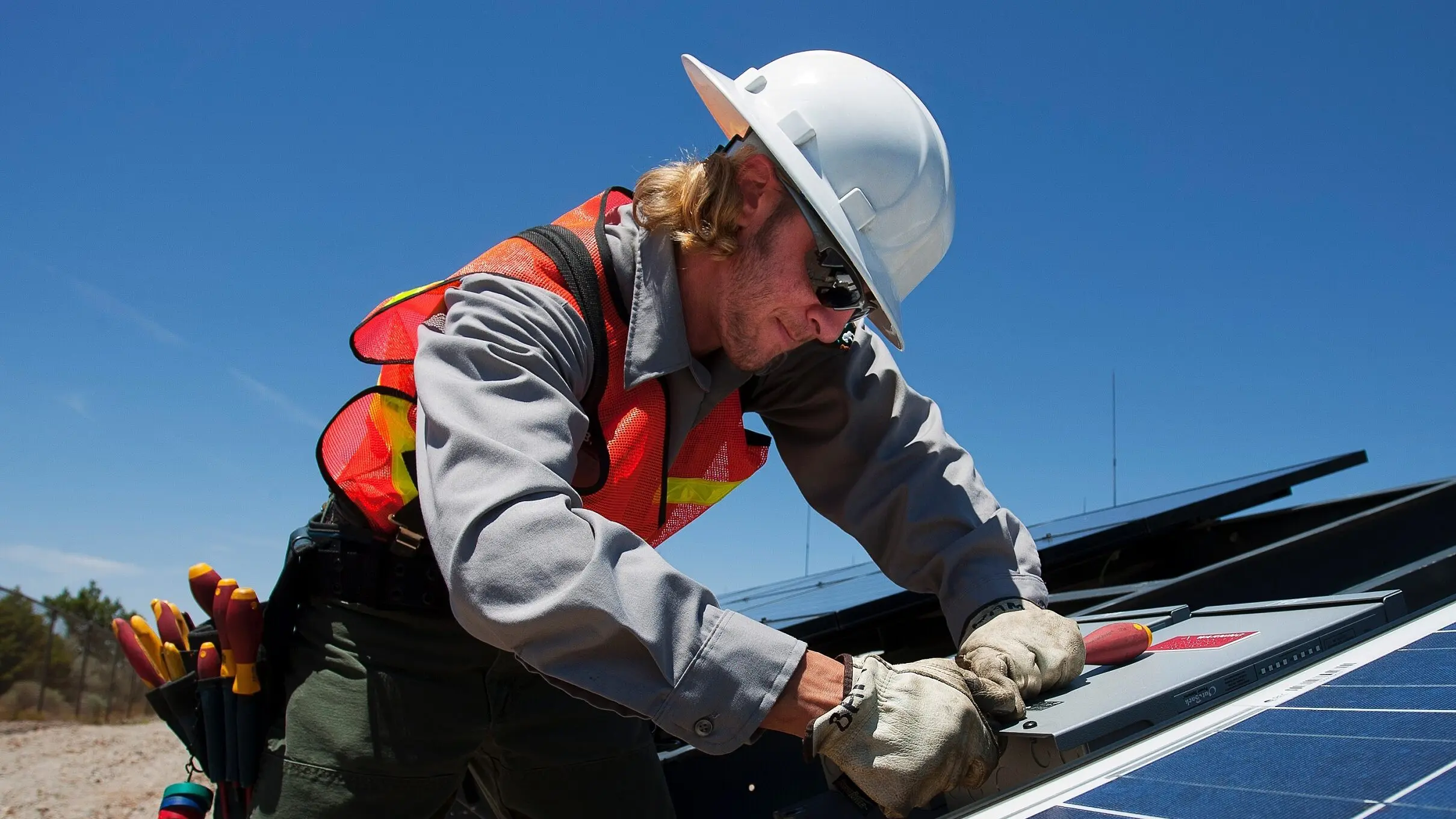
Installing a solar system on your home is a big investment that can pay off over the long run. Fortunately, there are many different incentives and programs that can help decrease the overall cost, or financing and payment options that can assist with the upfront costs.
Energy costs across Canada
Electricity rates vary from region to region with most charges being split into the charge per kilowatt hour (kWh) and the basic connection tariffs to connect to the utility typically billed monthly.
*Updated: February 2025. Note that the information above was current at the time of the most recent update. Please check your local electric utility website for up-to-date rate information.
Incentive programs across Canada
There are many different incentives and programs that can help decrease the overall cost of installing a residential solar system.
*Updated: February 2025. Note that the information above was current at the time of the most recent update. Please check your local electric utility website for up-to-date rate information.
Financing options across Canada
There are many different financing and payment options that can assist with the upfront costs of installing a residential solar system.
There is also a wide variety of clean-energy financing programs for the residential sector also available across Canada. Typically, these programs enable homeowners to undertake energy-efficiency upgrades, including installing solar PV, with no upfront cost: instead, you would make regular monthly payments over a number of years.
- PACE: Property-Assessed Clean Energy programs enable participating homeowners to make payments through their regular energy bills. Although less common here than in the US, there are several municipal PACE programs in place across Canada.
- HLOC: Home equity Line of Credit is also an option for homeowners to finance their renewable energy project. Please check with your bank for interest rates and terms, to ensure it’s the right financial decision for you.
The following is a summary of PACE and other low-cost financing programs currently available for Canadian homeowners. These programs are provided by government departments or electricity utilities. More loan options may be available through financial institutions in the province or territory.
*Updated: February 2025. Note that the information above was current at the time of the most recent update. Please check the links for up-to-date information.
Lease-to-Own and Power Purchase Agreements
Some solar companies offer leasing options for residential solar PV systems, rather than purchasing the system outright—just like leasing a car!
Similarly, in a Power Purchase Agreement (PPA), the customer and the installer enter into a financial agreement in which the solar panels are installed on the customer’s property at little or no upfront cost, and the installer sells the generated power to the customer at a fixed rate. The typical length of the agreement varies, ranging from 10 to 25 years, after which the customer can have the system removed, buy the system or extend the PPA.
In both lease and PPA arrangements, it is important for customers to understand:
- How long will the arrangement last?
- What are the buyout options at the end of the term?
- How do the monthly payments stack up versus the revenue (savings) you expect to generate with the solar system?
- What if you decide to sell your house and need to break the lease?
You may want a lawyer or financial advisor to review any lease or PPA documents before you sign.
If you don’t have enough cash to pay for a solar system up front, it is also worth considering other financing options, like home equity lines of credit.

